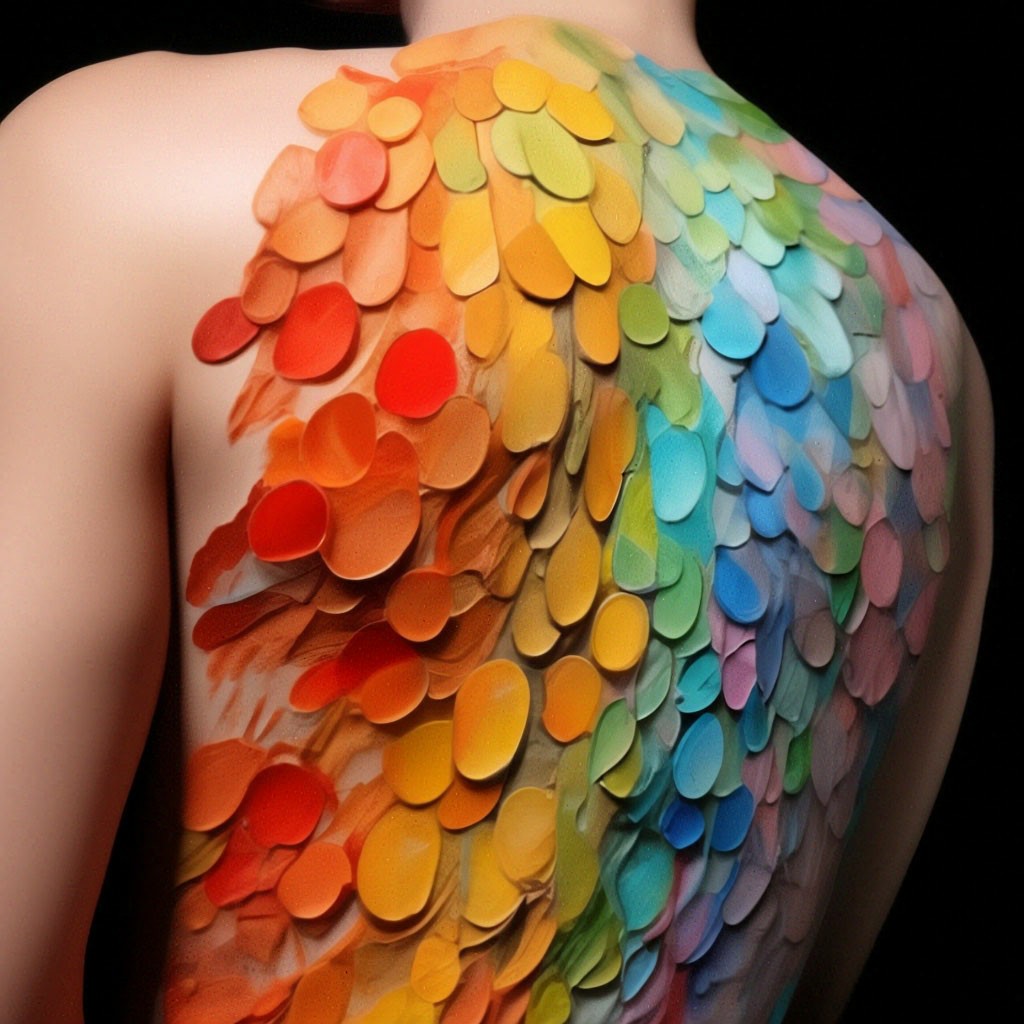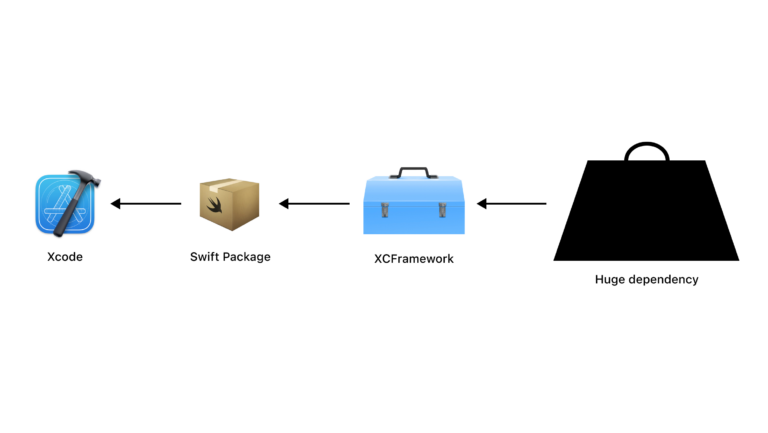How does genetics affect skin aging?

Of all the organs, the passing years are most noticeably reflected on the skin. Firstly, because she is, so to speak, always in sight. Secondly, it is affected by ultraviolet radiation and many other external factors.
But aging, of course, occurs not only due to external influences. It is partly controlled by genes. It is impossible to influence these internal mechanisms, at least at the current stage of development of medicine. But you can study them and use the acquired knowledge on your mind. Perhaps in the foreseeable future anti-aging will take a big step forward.
Gender and nationality matter
Many studies have shown that the skin of people of different genders and nationalities ages differently.
For example, Korean men are less likely to develop wrinkles than Korean women, but the opposite is true for Japanese men under 65 years of age. Thus, Japanese men are more likely than women to have wrinkles on the forehead, and they are more pronounced, and after 65 years this difference is no longer so strong. On average, Asians experience deep wrinkles on the forehead and crow's feet around the eyes more often than Caucasians. And as Caucasians age, more wrinkles appear under their eyes, and their skin sags more.
Ultraviolet rays affect different skin differently. White-skinned people are most vulnerable, and dark-skinned people are more prone to excessive, uneven pigmentation. Research has shown that Chinese and Japanese people between the ages of 30 and 60 develop age spots on their cheeks much more often than Germans in the same age group. In this respect, Africans are similar to Asians. Abnormal pigmentation also occurs in whites, but much less frequently, and if it occurs, it occurs at a much younger age.
There is also a difference between the sexes here. For example, Korean women are more likely to develop hyperpigmentation (where the skin becomes darker in certain areas), and Korean men are more likely to develop seborrheic keratoses. Research shows that men's skin is more sensitive to ultraviolet radiation and other aggressive environmental factors. This is partly offset by the fact that the production of collagen, which provides elasticity and prevents sagging of the skin, slows down in men later in life compared to women.
In general, dark skin is an advantage in the sense that it is better protected from ultraviolet radiation and is less susceptible to photoaging. But it has its drawbacks – for example, as I already noted, the distribution of pigment in it is often disrupted, and it is deposited unevenly. The main features of dark skin in this regard are presented in the table:
Features of dark skin | pros | Minuses |
Increased activity of the enzyme tyrosine kinase, which increases the content of melanin | – increased protection against UV rays; – lower risk of developing skin cancer; – slower photoaging. | Higher risk of skin pigmentation disorders |
Large melanosomes are intracellular structures that contain melanin. | – increased protection against UV rays; – lower risk of developing skin cancer; – slower photoaging. | Higher risk of skin pigmentation disorders |
Slow degradation of melanin | – | Higher risk of skin pigmentation disorders |
Thick dermis | – skin retains elasticity longer; – photoaging occurs more slowly. | – |
Larger and more numerous multinucleated fibroblast cells | Skin retains elasticity longer | Increased risk of developing hypertrophic and keloid scars |
The rate of skin aging also depends on ethnic origin. As studies show, in French women wrinkles appear gradually from 20 to 60 years, and in Chinese women it happens later, but faster – from 40 to 50 years. Because of this feature, it can be difficult for Europeans to estimate the age of natives of Asia.
What genes influence: aging phenotypes
So, the observations of scientists clearly show that there is a correlation between the characteristics of skin aging, gender and nationality. But correlation is not causation. To prove it, you need to delve into the depths of biochemistry and genetics. Research has also been conducted on this topic.
Before talking about genes, we should consider such a concept as the aging phenotype. In simple words, these are signs by which we can determine that the skin is “old”. They seem intuitive, but scientists need precision, so they like to meticulously analyze and classify everything. As many as 56 skin aging phenotypes have been identified, and each of them can be classified into one of four groups:
Category A: phenotypes associated with the appearance of wrinkles and sagging skin.
Category B: phenotypes associated with skin type.
Category C: phenotypes associated with the development of malignant skin tumors.
Category D: phenotypes reflecting the general condition of the skin.
Each of the 56 phenotypes is designated by a letter and a serial number. All varieties are presented in the table (according to review Jun Yan Ng & Fook Tim Chew, 2022):
Designation | Description of the skin aging phenotype |
A1 | Reduced volume or absence of adipose tissue |
A2 | Visual enlargement of pores on the skin of the cheeks |
A3 | Rough wrinkles and folds on the cheeks |
A4 | Wrinkles in the mouth and lips |
A5 | Cutis rhomboidalis nuchae (diamond neck skin, “sailor's skin”, “peasant's skin”) |
A6 | Deep wrinkles in the eye area, crow's feet |
A7 | Ptosis (drooping) of the eyelid skin |
A8 | Bags under the eyes |
A9 | Favre-Rakucho syndrome (elastoid nodosa of the skin with cysts and comedones) |
A10 | Fine lines and creases on the cheeks |
A11 | Wrinkles in the forehead area |
A12 | Wrinkles between the eyebrows, furrows on the forehead |
A13 | Horizontal wrinkles between the eyes |
A14 | Decreased elasticity and ptosis (sagging) of tissues |
A15 | Low eyebrows |
A16 | Lower lip augmentation |
A17 | Drooping corners of the mouth, marionette lines |
A18 | Strengthening nasolabial folds |
A19 | Star-shaped pseudoscars |
A20 | Sagging jawline |
A21 | Sagging and wrinkling of the skin on the neck, obtuse cervicomental angle |
A22 | Solar (actinic, senile) elastosis |
A23 | Superficial, fine wrinkles in the corners of the eyes, crow's feet |
A24 | Upper lip augmentation |
A25 | Wrinkles that create a crosshatch pattern on the face |
A26 | Wrinkles around the eyes, under the eyes and in the upper cheeks |
A27 | Xerosis, asteatotic dermatitis |
B1 | Pigment spots on the face detected in polarized light |
B2 | Pigment spots on the face detected in ultraviolet rays |
B3 | Freckles (ephelids) |
B4 | Guttate hypomelanosis |
B5 | Melasma (chloasma) |
B6 | Milia |
B7 | Visually noticeable darkening of the skin |
B8 | Persistent redness of the skin (erythema) |
B9 | Hyperplasia of the sebaceous glands |
B10 | Seborrheic keratosis |
B11 | Senile comedones |
B12 | Senile (senile) purpura |
B13 | Darkening of the skin associated with increased melanin deposition |
B14 | Increased skin sensitivity to the sun |
B15 | Inability to tan, prone to sunburn |
B16 | Solar lentigo (senile lentigo) |
B17 | Telangiectasia |
B18 | Uneven pigmentation, age spots |
B19 | “Venous Lakes” |
B20 | Yellowish discoloration of the skin |
C1 | Actinic (solar) keratosis |
C2 | Basal cell carcinoma |
C3 | Melanoma |
C4 | Non-melanoma malignant skin tumors |
C5 | Squamous cell carcinoma |
D1 | Changes in gene expression (activity) in skin cells |
D2 | More youthful appearance of skin compared to most people the same age |
D3 | General photoaging of facial skin |
D4 | Perceived age differs from actual age (older/younger) |
Phenotype is a trait, something that can be seen and measured, and behind the scenes there are certain gene variants. They are not established for each of the 56 phenotypes. Not all genetic variants have a clear and unambiguous effect on skin aging. In addition, pleiotropy is very common here – when the same gene simultaneously affects different traits. For example, the same genetic variant may be associated with phenotypes of categories A and B, A and C, or all four. In general, everything there is quite complicated and confusing.
Important letters in the genetic code: skin aging phenotypes and SNPs
Replacing just one “letter” in a gene can change the properties of the protein it encodes. In fact, such variations are quite common among different living things, including humans. A change in one nucleotide in a DNA sequence is called single nucleotide polymorphism, or SNP for short. This can occur in either a gene or a non-coding DNA sequence. Some SNPs have no effect on anything, while others introduce diversity into the population and increase or decrease the risk of developing certain diseases. SNPs also influence the aging of the body, including the skin.
A single nucleotide substitution can be considered either a SNP or a mutation, depending on how often it occurs in the population. If more than 1% of people are carriers of a certain gene variant, then this is a single nucleotide polymorphism, a normal variant. If there are less than 1% carriers, then this is a mutation. But it will not necessarily be harmful and cause disturbances in the body. Over time, such a mutation can spread and “get promoted” to SNP status.
In the summer of 2022, a large systematic review, dedicated to SNPs affecting skin aging. The authors analyzed 44 studies that conducted genome-wide association searches—examining the relationship between genetic variants and phenotypic traits (in this case, skin aging phenotypes). Many genetic risk factors have been identified: 2349 SNPs and 366 genes that are somehow associated with skin aging. The review authors identified 19 SNPs as the most promising; a significant association was found between them and skin aging phenotypes in two or more independent studies.
The review presents some interesting findings:
Pleiotropy is quite common among skin aging genes. The proteins encoded by many of them perform several functions at once and determine several phenotypic traits at once.
SNPs associated with skin aging are largely concentrated in a small group of 44 pleiotropic and hub genes (called hub genes, which interact with many other genes and are included in a kind of network), mainly located in the long arm sixteenth chromosome (16q24.3), as well as in 32 genes that determine skin color.
From the previous two points, the authors concluded that genes traditionally associated with skin color are probably actually responsible for more than just pigmentation.
Of course, I will not talk about all single-nucleotide polymorphisms associated with skin aging that are currently known – a whole book would not be enough for that (and my knowledge is not enough, nor is there enough time to read everything that has been published on this topic). Let's look at just a few.
IRF4 gene
The IRF4 gene is located on the short arm of chromosome No. 6. The protein it encodes is called interferon regulatory factor 4. It belongs to the family of DNA-binding proteins and plays an important role in the development and functioning of the immune system. In particular, it regulates the interferon response to virus entry into the cell and gene activity induced by interferon. This protein also controls the specialization of cells and their adaptation to external conditions – in particular, it affects how cells resist ultraviolet radiation and the effects of various substances.
The IRF4 gene polymorphism called rs12203592 is associated with tanning and skin aging, the risk of sunburn and malignant skin tumors (see table, source).
rs12203592*C | rs12203592*T |
Few pigmented nevi in adolescence | Many pigmented nevi in adolescence |
Many pigmented nevi in adulthood | Few pigmented nevi in adulthood |
Darker skin color | Lighter skin color |
More intense tan | Less intense tan |
In melanomas, the Breslow thickness is usually smaller | In melanomas, the Breslow thickness is usually greater |
Higher survival rates for melanoma | Lower survival rates for melanoma |
Low incidence of nodular melanoma | High incidence of nodular melanoma |
The IRF4 gene polymorphisms rs12210050 and rs2235874 are also associated with tanning characteristics.
SHC4 gene
The SHC4 gene is located on chromosome No. 15 and encodes an adapter protein involved in signaling pathways. It helps regulate stem cell maturation (differentiation), cell reproduction (proliferation), and programmed cell death (apoptosis). This protein also performs other functions. In particular, when they are disrupted, collagen production suffers, as a result, the skin begins to sag more and wrinkles appear on it. This is one of the reasons why crow's feet appear near the eyes.
At the same time, the SHC4 gene is involved in the regulation of skin pigmentation. Thus, its variants can affect aging phenotypes from two categories at once – A and B.
MC1R gene
The MC1R gene, located on the long arm of chromosome 16, contains instructions for the production of a protein called melanocortin 1 receptor. This protein is located on the surface of melanocytes and determines what type of melanin they will produce. Let us briefly recall the properties of these two types:
Eumelanin, if it predominates, gives the hair a chestnut or black color and makes the skin darker. It absorbs ultraviolet rays more actively and protects against them better.
Pheomelanin makes hair red or blond and skin paler. Accordingly, such people are more sensitive to ultraviolet rays, and their skin is less protected.
The principle of operation of the melanocortin 1 receptor is quite simple: when it is activated, it causes melanocyte cells to produce eumelanin, and when inactive, it produces pheomelanin. In turn, the activity of the receptor depends on polymorphisms of the MC1R gene. This affects skin pigmentation, that is, category A aging phenotypes. In addition, pheomelanin protects the skin less well from ultraviolet rays and, in response to their exposure, generates free radicals that damage cells. Scientists believe this may contribute to the formation of wrinkles, loss of elasticity and sagging of the skin. This is already category B.
Finally, some SNPs of the MC1R gene make the melanocortin 1 receptor less active, the skin produces little eumelanin, and this increases the risk of developing a malignant tumor of pigment cells – melanoma. Six such polymorphisms are known, they are designated rs12448464, rs1805007, rs1805008, rs1805009, rs3212371 and rs75570604. In this case, category C of skin aging phenotypes appears. Here is an example of pleiotropy in action.
By the way, in aging skin the MC1R gene becomes less active, which makes it more vulnerable to ultraviolet radiation.
AGR3 gene
For comparison, I will give an example of a gene whose activity increases with natural aging, unlike MC1R. This gene is called AGR3, it is located on chromosome No. 7 and encodes an endoplasmic reticulum protein that catalyzes the folding (spatial folding) of protein molecules and some other processes. Its activity is high in the ciliated epithelium of the respiratory tract – here it participates in the beating of cilia. It is also known that the AGR3 protein is involved in the regulation of skin pigmentation and its ability to tan. And the rs1636744 and rs73069846 polymorphisms are associated with an increased risk of developing melanoma.
BNC2 gene
The BNC2 gene is located on chromosome No. 9 and encodes the so-called zinc finger protein basonuclin 2. It is responsible for the richness of skin color. There is also an assumption that this protein is a transcription factor (that is, it controls the transfer of genetic information from DNA to RNA) in skin keratinocytes.
Mutations in the BNC2 gene lead to the appearance of age spots on the face. Polymorphisms rs10738451, rs10810657, rs10962474 and rs2153271 are associated with an increased risk of developing basal cell skin cancer, and polymorphisms rs10810657, rs2153271 and rs74664507 are associated with an increased risk of developing squamous cell carcinoma.
HERC2 gene
The HERC2 gene encodes a very large protein enzyme called E3 ubiquitin ligase. It repairs DNA damaged by ionizing radiation. Accordingly, high gene activity gives a person the “superpower” to tolerate large doses of radiation.
The rs12913832 polymorphism in the HERC2 gene increases the risk of developing melanoma, and the rs12913832, rs1667392 and rs4778249 polymorphisms are associated with changes in skin pigmentation.
In general, the best studied gene variants are those that influence skin pigmentation and the development of malignant neoplasms. There is much less data regarding wrinkles. Scientists still have a lot of work to do to understand all the genetic variants, their effects and create a detailed “genetic map of skin aging.” After all, we are talking about working with large amounts of data.





